When I was a child, the gigantic white shining structures, seen far at a distant horizon from the roof of my home used to fascinate me. My little brain struggled to understand, what actually were those massive things? How far were they? Why were they completely white? I had many questions fluttering within me. But who knew in the future I would get an opportunity to study these colossal formations closely?
The continents of today’s world were in a single cluster around 300 million years ago termed as Pangea. Gradually, due to the continental drift caused by mantle convection, the landmass disintegrated. The first disintegration caused the formation of Laurasia and Gondwanaland of the Pangea. Later the Gondwanaland disintegrated into different continents namely Antarctica, Australia, Africa, South America and India. The disintegrated Indian subcontinent started its gradual movement towards the north at about 120 million years ago at the speed of 20cm/year. Around 52 million years ago in the Eocene epoch, the Indian subcontinent collided with the Eurasian plate and subducted under it. The subduction caused the base of the Tethys sea to uplift which formed the youngest mountain range called the Himalayan range. It extends from Punjab to North-East Frontier Agency and covers about 2400 km. Nepal possesses 800km of this aesthetic mountain range.
These things fascinate me very much. Since the subduction still continues at the rate of 8mm/year, are the heights of our mountains increasing? The heights of the famous mountains of Nepal were determined by the Great Trigonometrical Survey conducted around the mid-18th century by the East India Company. In 2019, a government expedition led by Er. Khimlal Gautam and guided by Mr Tshering Jangbu Sherpa, an IFMGA guide, as well as one of the BoD members of Nepal Mountain Academy, successfully accomplished the re-measurement of the height of Mt. Everest. This indeed is set to become another historic moment when the new height of the roof of the world is published.
Many of the great Himalayan mountains are considered sacred. The Sherpa call Mount Everest Chomolungma and respect it as the "Mother of the World." Mount Makalu is respected as the deity Shankar (Shiva). Machhapuchhre was never climbed after 1957 due to the divinity possessions of the mountain. In every isolated village of the mountains like Thame, Khumjung, Pangboche, Pheriche and Kunde, every house has at least a member who has at least once summitted the mountains. However, these ultra-humans are felt to be missing apart from the recognition they deserve for such strenuous ascends. These are the people without whom the mountains can’t be conquered. Mountaineers like Tenzing Norgay Sherpa, Kami Rita Sherpa, Apa Sherpa, Nirmal Purja, Babu Chhiri Sherpa and many others have set numerous world records which recognized and awarded by the Genius Book of World Records but the government has still not been able to promote and motivate the legendary native mountaineers and get them to the level of exposure, reward and recognition they truly deserve.
The mountains are also known as the third pole and water towers of the world. Almost all major rivers have their sources in mountains, and more than half of humanity relies on water from these rivers for drinking, domestic irrigation, industries, and the generation of hydroelectric power. The major river systems of Nepal like Koshi, Gandaki and Karnali all originate from the melting mass of snow of the Himalayas due to which they are referred to as snow-fed rivers. This water is also essential to the health of ecosystems since they provide nutrients for aquatic life and dilute pollutants generated mostly in the lowland areas. Mountains are also important in terms of the biodiversity as half of the world's biodiversity hotspots are concentrated in mountains and mountains support approximately one-quarter of terrestrial biological diversity. Mountains of Nepal are home to rare animals such as wild Yaks, Himalayan Monals, Himalayan Thars, snow leopards and the blue sheep as well as many strikingly beautiful vegetation.
Nepal is blessed with eight out of the fourteen highest mountains in the world. But sadly, only the Everest, Annapurna and Langtang are promoted or have been commercialized. The government has not entirely succeeded in utilizing other mountains rather than those and earn revenue from them. The Everest gets thousands of climbers every year (6500+ in 2019) but the other mountains are put in the shade amidst nonetheless magnificence of the beauty and adventure experience. Only 25 people have climbed Cho-Oyu from the Nepal side since its first summit in 1954. Only around 500 people have summited Makalu since its first summit in 1955. Why is it so? Shouldn’t the basecamp of these mountains be made easily accessible for the mountains to be commercialized? These questions constantly flutter in my mind. The Alps mountain range which has Mont Blanc (4810m) as its highest peak attracts 15 crore tourists yearly. Nepal on the other hand which has 8 out of the 14 highest peaks in the world attracts only 1.1 million tourists yearly. Why it so? In my research, I found that the government has developed infrastructures and made the basecamp easily accessible for the peoples in the Alps. Different peripheral tourism products are developed so as to increase the daily spending of tourists and their length of stay. Tourism products like skiing, mountain biking, mountain coasters, mountain ladders, paragliding, swings are developed so that the tourists spend more time enjoying their fullest simultaneously lengthening their stay and per day expenses. We lack every bit of those products here in our mountains. We lack the trails that connect the basecamps of our mountains.
Well, another main issue in today’s context is the waste management of the mountains. Human waste (toilet) at the base camp, oxygen cylinders, plastics, non-disposable items (cans, bottles, batteries) and food-scraps are seen disturbingly on the route. These wastes and litters pollute the environment up in the mountains and take many hundred years to decompose. The government should think alternative solution on managing these dump of garbage as the mountains are our assets and we certainly want our future generation to be benefited from it too. Another issue I would like to highlight is that the mountains are facing risk from climate change and natural calamities. Mountains face climate change as the global temperature continues to warm due to which the glaciers on the mountains have started melting in an alarming rate which brings many hazardous events such as GLOF and avalanches which on a bad fate ultimately affects the lives of thousands of people and their settlements
The mountains are a boon for us, the Nepalese people. We find deep peacefulness when spending time in the mountains. It is a unique feeling of calmness and tranquillity that we need to experience to understand. And for these mountains to remain in the foreseeable future, we need to take some immediate steps. Whether it be cleaning the waste of the mountains or minimizing the chlorofluorocarbons (CFC) emission by our country, whether by constructing roads to the basecamp or developing more tourism products in the mountains so that the spending of the tourist increases. Something dynamic is the utmost necessity of Nepal’s mountain tourism. In the near future, through this Bachelor of Mountaineering Studies (BMS) course which I am currently pursuing, I will be able to learn more about these majestic mountains and hopefully will be able to contribute in the sustainable development and conservation of these structures.


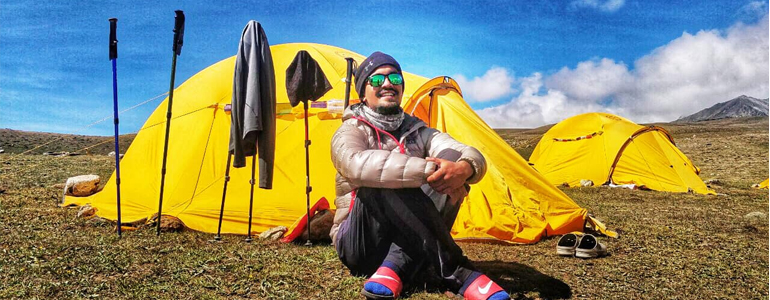
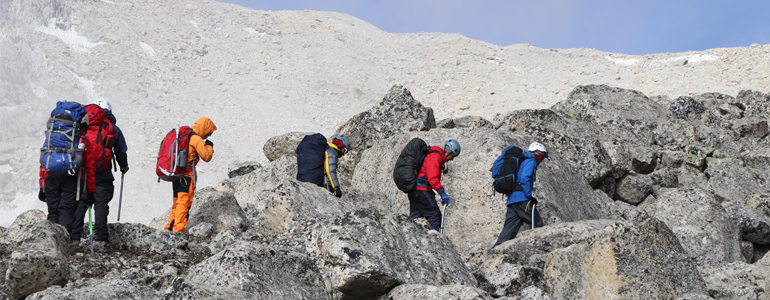
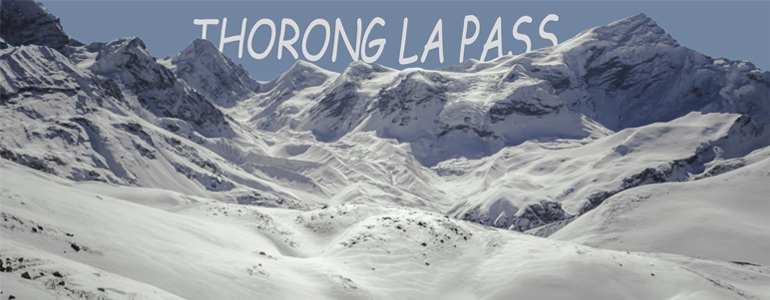

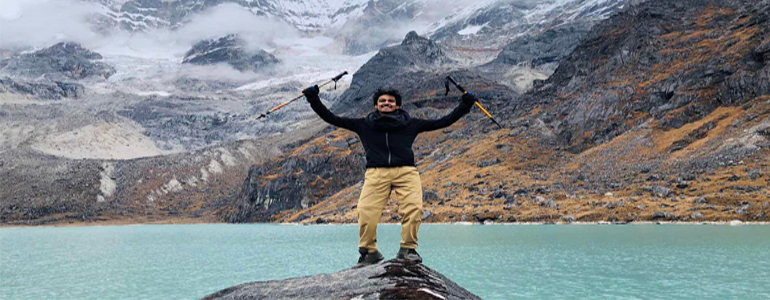



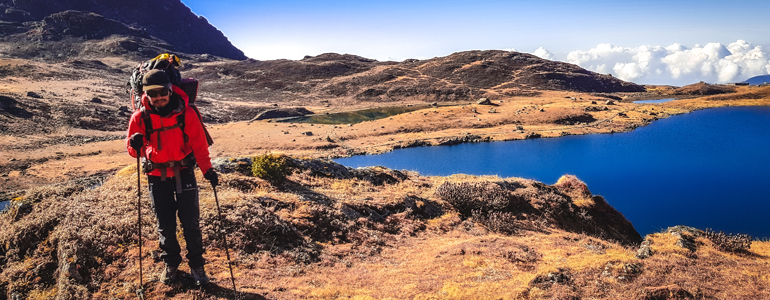
01 Comment
Anish Dahal
Wonderful read!